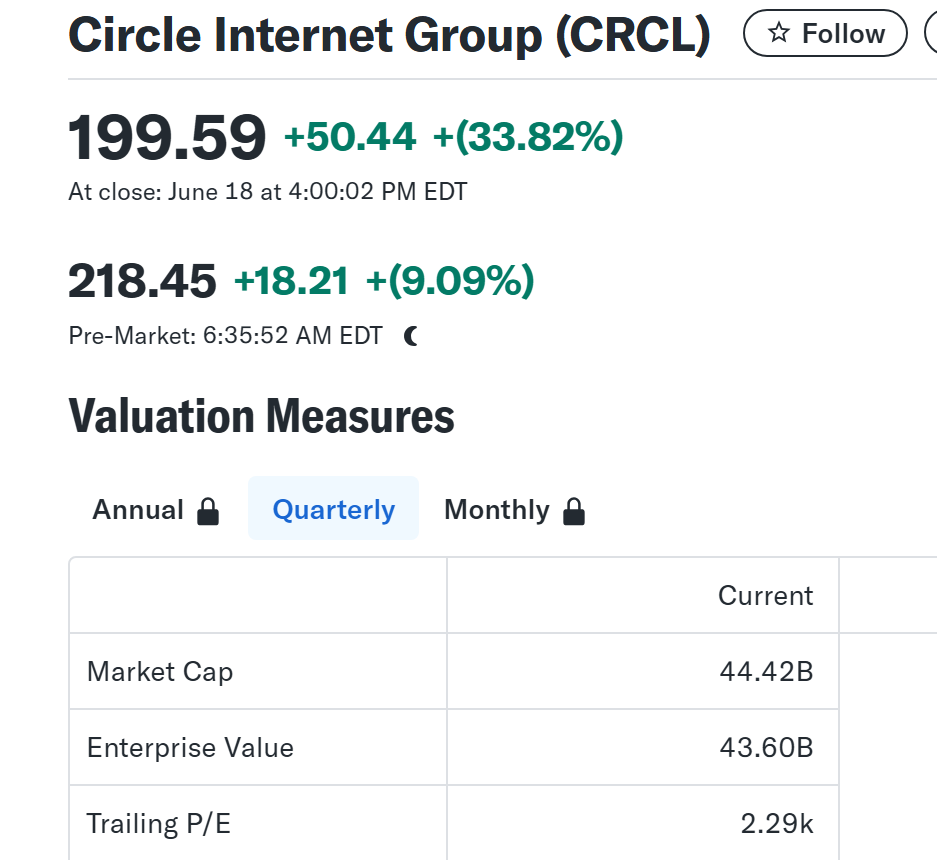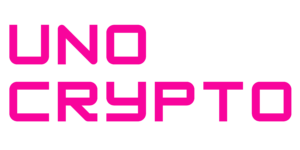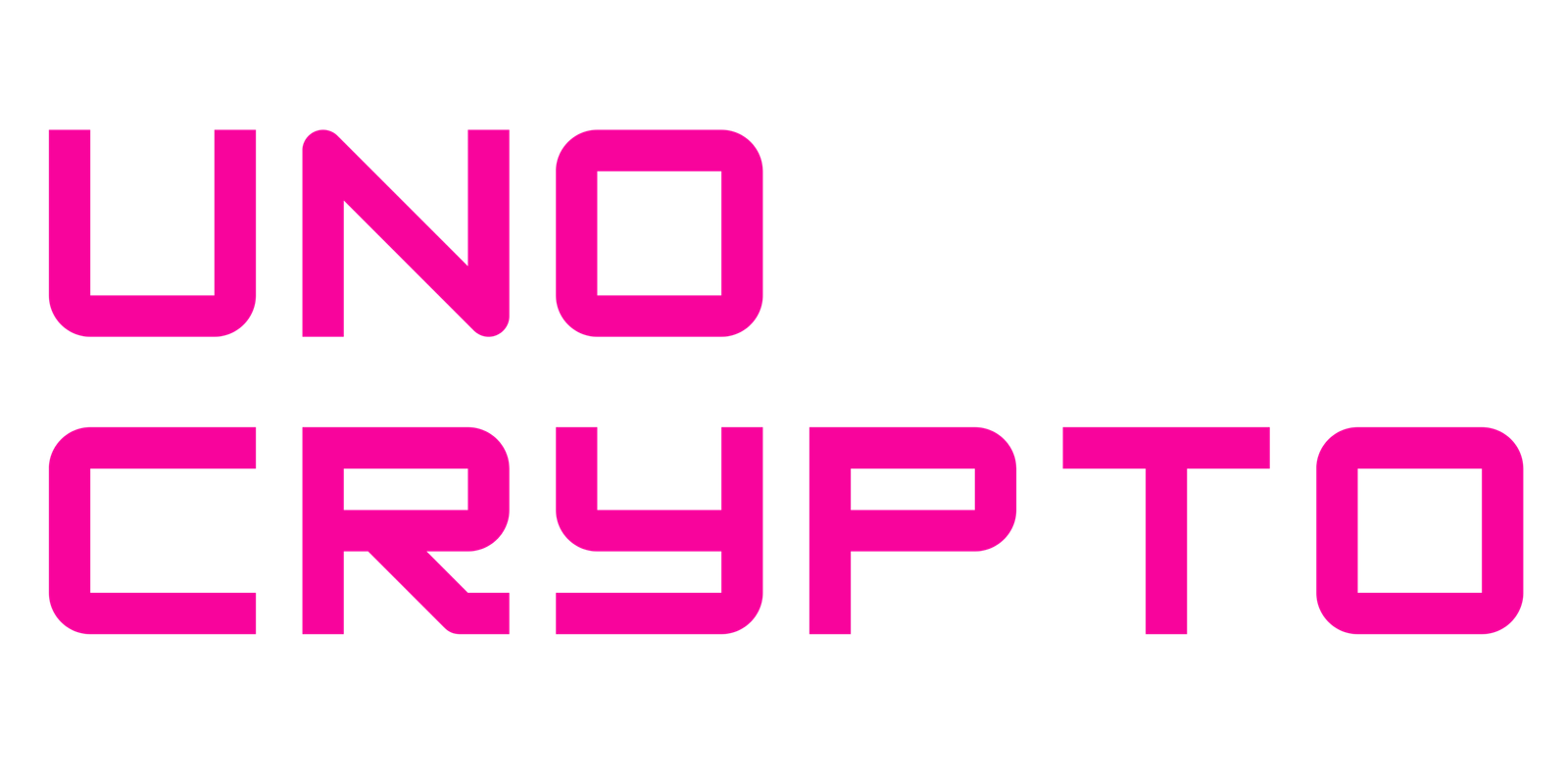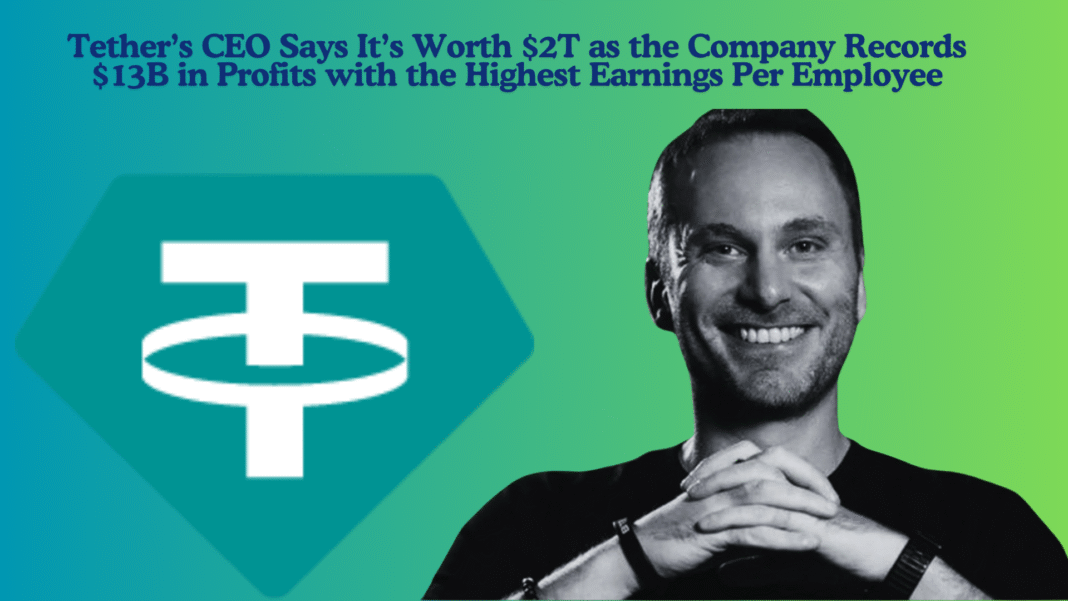Tether CEO Paolo Ardoino recently made headlines by claiming that Tether, the issuer of the world’s largest stablecoin USDT, could be worth as much as $2 trillion.
While the figure is not reflective of Tether’s current market valuation, Ardoino justifies this bold estimate by highlighting the company’s profitability and operational efficiency.
According to him, Tether has become the most profitable company per employee in human history, generating an estimated $13 billion in annual profits.
The remarkable margin has drawn attention from global investors and regulators alike, as Tether plays a critical role in the digital economy with a lean operational structure.
Real-World Market Data Shows More Conservative Valuation
Despite the CEO’s optimistic projection, current data places Tether’s actual market capitalization at approximately $155.87 billion.
According to Coingecko, based on its total circulating supply of 155.87 billion USDT.

The overall stablecoin market has grown significantly in recent weeks, rising by over $9 billion in the past month to reach a total valuation of $251 billion.
Tether remains the dominant force in this sector, holding over 60% of the market.
While Tether leads the pack, USD Coin (USDC), issued by Circle, holds a solid second place with a market cap of $60.88 billion.
Circle Internet Group, the company behind USDC, recently saw a 33.82% surge in its stock price, signaling investor confidence after the U.S. senate passed the GENIUS Act with 68 to 30 ratio.

Financial data indicates a market cap of $44.42 billion and an enterprise value of $43.60 billion.
Despite high valuation ratios, including a price-to-sales ratio of 23.5 and a price-to-book ratio of nearly 60, Circle is positioning itself as a highly valued fintech entity.
Other notable stablecoins such as Ethena USDe, Sky Dollar, and Dai make up smaller portions of the ecosystem.
Also Read: Circle Shares Soar 50% Closing At $199 Yesterday Amid GENIUS Stablecoin Bill Passing
Tether’s Strategic Investments and Cooperation with Authorities
In an interview, Ardoino outlined Tether’s current strategic priorities, including investments into emerging markets, blockchain infrastructure, and AI-driven data analytics.
He also revealed the company’s cooperation with the U.S. Department of Justice and regulatory discussions around global financial compliance.
Tether has partnered with financial services firm Cantor Fitzgerald to manage its reserve portfolio, strengthening the legitimacy and stability of its backing.
The transparency effort may also be aimed at distancing itself from past controversies and tightening alignment with upcoming U.S. regulations like the GENIUS Act.
Also Read: Bank Of Korea’s Governor Lee Chang‑yong Says, Must Consider ‘FX Stability’ On Won‑Based Stablecoins
Regulatory Landscape Shifting Rapidly for Stablecoins in the U.S.
Tether’s future prospects are closely tied to the evolving regulatory landscape in the U.S.
The GENIUS Act, recently passed by the Senate and backed by President Donald Trump, aims to enforce stricter reserve and audit standards for stablecoin issuers.
The bill has now moved to the House of Representatives, with Trump urging swift approval without amendments.
If signed into law, the Act could reshape the regulatory environment and establish the U.S. as a global leader in digital asset innovation.
However, critics argue the bill lacks sufficient oversight, warning of potential risks to users and financial markets.
Meanwhile, China’s central bank is advancing its own state-backed stablecoin, underscoring the geopolitical competition in digital finance leadership.


